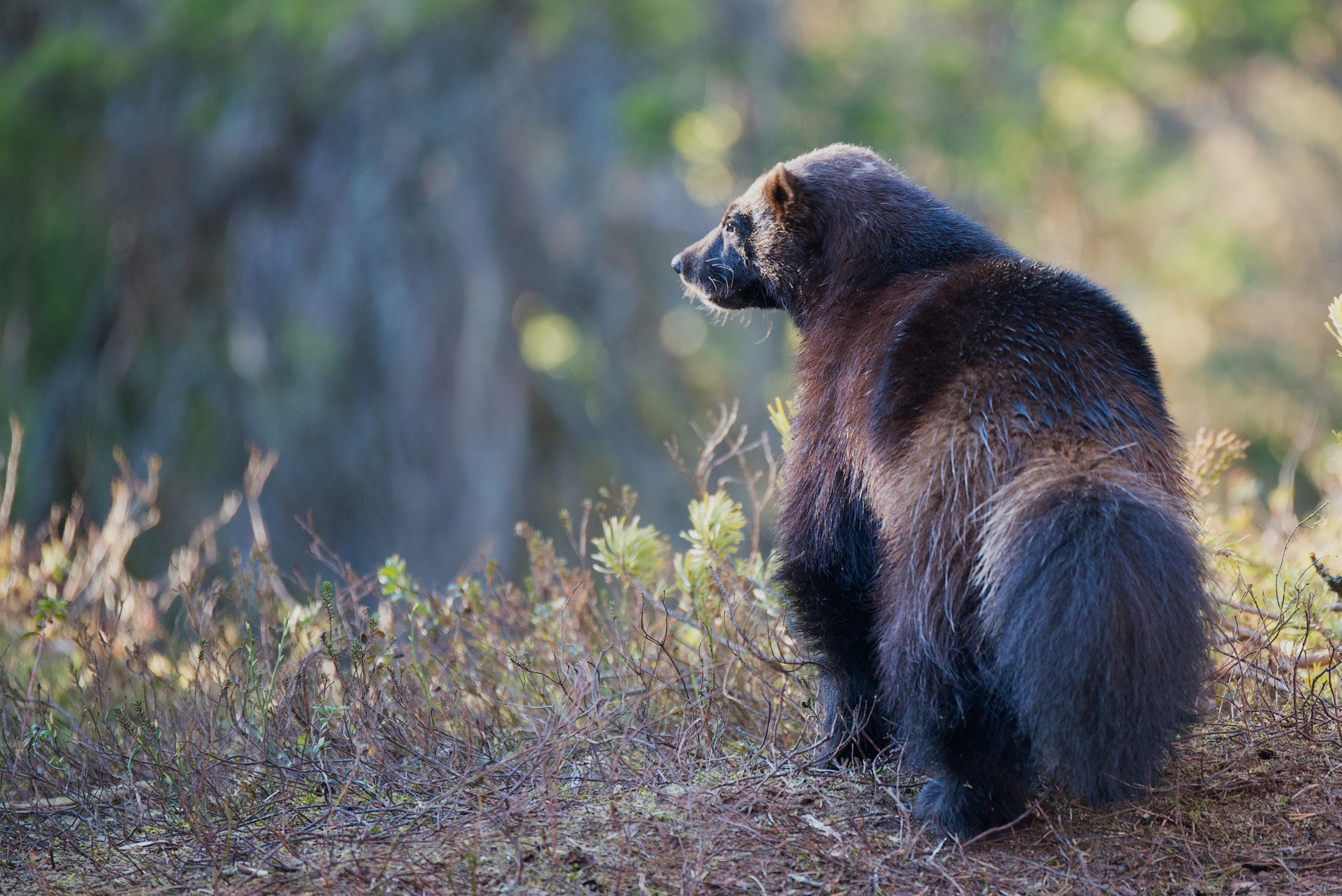
Where to go in Colorado: national parks, forests and monuments
From snow-capped mountains to forests to Sand Dunes, Colorado parks, forests and monuments are amazing places
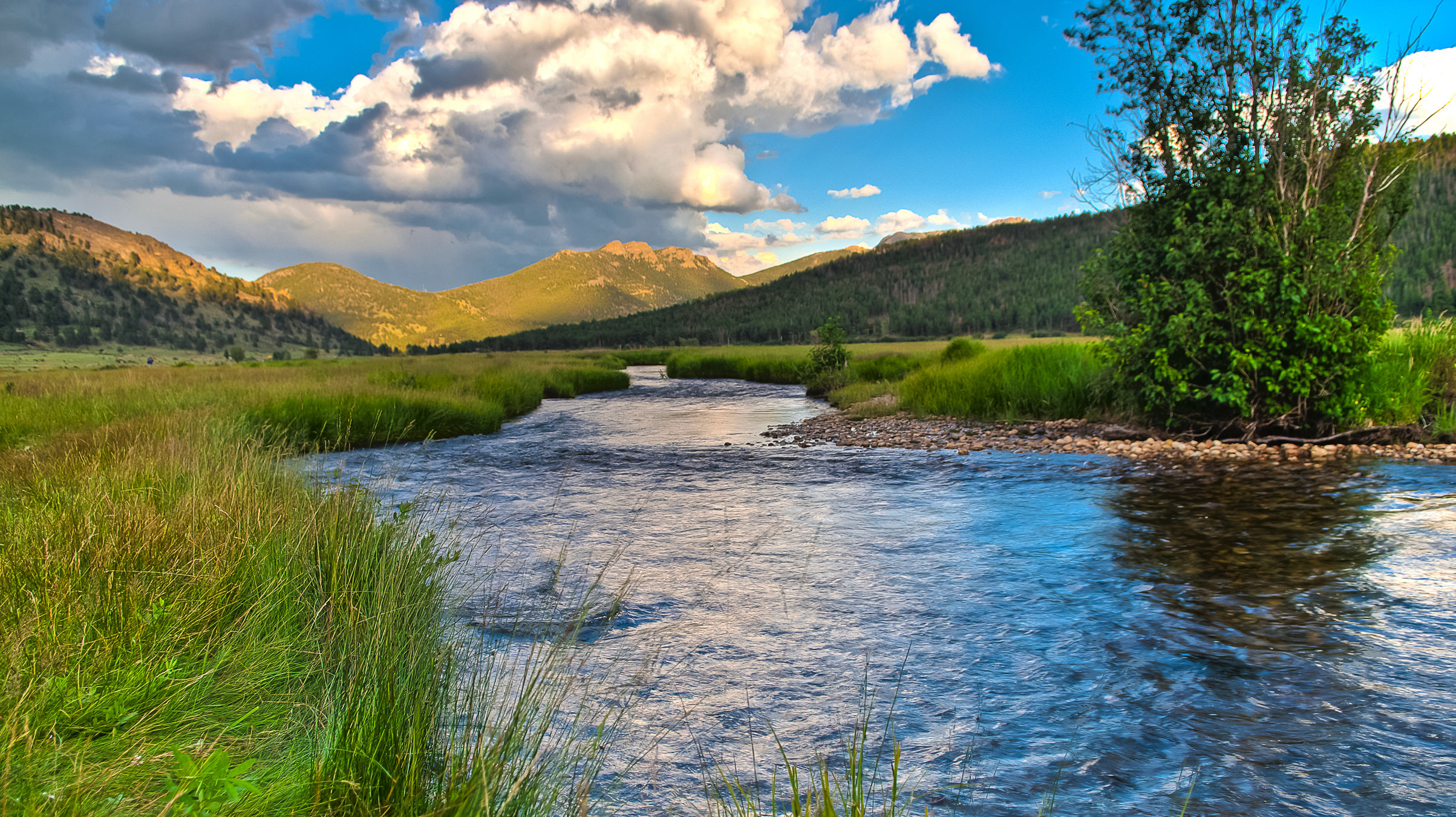
Colorado’s national parks, national forests and national monuments are home to some of the most stunning natural landscapes. From snowy mountains to deep canyons carved over millions of years, the scenery provides a unique vacation destination. When planning your next day trip, weekend get-away or long vacation in Colorful Colorado, consider the cost efficient and accessible outdoor destinations the state offers.
What to know before you plan your visit:
Always check the weather forecast before leaving for your visit. No one likes hiking in the pouring rain. Temperatures decrease as you climb up in elevation, so bring layers. Elevation also increases the need for sunscreen and potential for dehydration. Pack a full water bottle along with bug spray, food and a trash bag. If you are planning a hike at high elevation, start as early as you can, bad weather often hits later in the day. Once you have selected your destination, do your research to find out if the campground or trails require reservations. Carpool to reduce the number of cars you need to find parking for and emissions. Always let someone know you are hiking in case of emergency or spotty cell reception. For helpful resources and more planning information, use Recreation.gov.
Best for recreation activities: Arapaho-Roosevelt National Forest and Pawnee National Grassland
Established in 1908 by President Theodore Roosevelt, the Arapaho-Roosevelt National Forest and Pawnee National Grassland (ARP) ranks as the most-visited National Forest and Grassland for recreation in the nation. There is something for everyone with more than 1.5 million acres and 10 special places designated for their landscapes and wildlife. Snow-covered peaks and more than 1,300 miles of trails located in north central Colorado allow for endless year-round activities like hiking, camping, wildlife viewing, horseback riding, fishing, hunting, skiing and other winter sports. Hiking or riding trails range from populated to isolated and easy to difficult. If mountain biking is more your style, the national park has great opportunities for exploration.
Where to stay:
For those interested in camping, you can find your preferred location, price and season by looking on the Forest Service website. Make your reservations early by using the 6 month rolling window before your visit. Group campsite reservations can be made one year in advance. There are also cabins available. For those interested in staying off-ground in a nearby town or city, Fort Collins, Boulder or Denver are all nearby with drive time ranging from 20 to 50 minutes.
Best for stargazing: Black Canyon Of The Gunnison
With millions of years of geological history, this national park provides an amazing backdrop for observing the night sky. The land uplifted about 60 million years ago followed by volcanic eruptions 30 millions years later. The present canyon was shaped by the Gunnison River forceful flow two million years ago. Today, the park is open all day for visitors to enjoy many daytime activities, but it is best known for the preservation of a primordial dark sky for pristine stargazing. After a day of hiking, fishing or skiing, visitors can observe up to 5,000 stars throughout the night. The best places to view this are overlooks far from the road or areas at the bottom of the canyon. Summer provides the optimum time to observe the Milky Way as it shines brighter than in winter. Also, be on the lookout for the international space station! After your evening of star gazing, be sure to explore the inner canyon, take a scenic drive or enjoy a hike with trails that range from easy to strenuous.
Where to stay:
The park offers two campgrounds with a first come first serve policy. You can make reservations in advance (recommended).There are bear-proof storage lockers for food as black bears might visit the campground in search of food. Neither site has cell reception, so tell someone about your plans. Montrose, Colorado is the closest town for those who prefer not to camp. The town also has more developed camping sites along with hotels or Airbnbs. It is about a 20 minute drive from Black Canyon of the Gunnison.
Best for water activities: Curecanti National Recreation Area
Established in 1965 as a national park, Curecanti is home to the largest body of water in Colorado. Three reservoirs in the Upper Gunnison River Basin on the Western slope of the Rocky Mountains provide opportunities for hiking, boating, kayaking, camping, fishing, paddle-boarding, windsurfing, wildlife watching, and many other recreational activities. Dog friendly hiking trails range in ability from one to six miles. Visitors can bring their own watercrafts and windsurf, waterski, kayak, canoe and more on the reservoirs. Check out the information on boat ramps and watercraft inspections before you bring your boat. There are diverse opportunities for fishing with many species of trout. Kokanee Salmon and Brown, Rainbow, Brook, and Cutthroat Trout can be caught fly fishing. Shore and boat fishing is also available. A valid Colorado fishing license is required for people 16 and older. The park is open year round from 8am-5pm with free entrance.
Where to stay:
Campground reservations are first come, first served. The park offers 10 sites with and without cell reception. There is no food for sale in the park so come prepared. There are some hotels near the park and the closest town, Gunnison, has lodging from hotels to Airbnb. It is about a 20 minute drive. You could drive 2.5 hours to Telluride after your visit to continue exploring Colorado and ski.
Discover dinosaur fossils: Dinosaur national monument
Uncover 1,500 dinosaur bones from the Late Jurassic period, physically touch 150 million years of history, river raft and hike at Dinosaur National Monument. A great opportunity for families with park rangers available to help kids complete their Junior Ranger booklets and answer any questions. The Quarry Exhibit Hall provides a comfortable place to observe the fossils and is open all week from 8am-5pm in summer and 10am-4pm in winter. The park also offers numerous trials ranging from 0.25 miles to over 9 miles and easy to difficult. Private and commercial water rafting trips are another popular way to explore the canyons. Operating hours depend on the season.
Where to stay:
There are six campgrounds in the park with different features. Reservations are on a first come, first serve basis. For group camping, The Split Mountain Campground and Echo Park Campground are available to be reserved for up to 25 people. There are hotels and other lodging options in nearby towns of Dinosaur and Craig, Colorado.
Best for experiencing history and culture: Mesa Verde National Park
Established as the first national park to “preserve the works of man” in 1906, Mesa Verde is a UNESCO World Heritage site and home to the rich cultural heritage of 26 Pueblos and Tribes. The cliffs of Mesa Verde hold 700 years of Ancestral Pueblo’s thriving communities with their villages built into the canyon’s walls. In the late 1200’s CE, archaeologists believe that they left their homes, but the park has preserved the memories of this ancient culture. Experience this history through a guided tour of the cliff dwellings or visit the park museum. You can purchase tickets in advance. The park is also home to over a thousand species of wildlife, some that only exist within the park. You can walk in the footsteps of people from thousands of years ago by hiking one of the many trails of the park. The trails range from easy to moderate and in distance. The Ancestral Pueblo people were skilled astronomers. Mesa Verde remains an excellent place for stargazing as one of the darkest skies in the United States. Overlooks provide a great chance to see this wonder. Dances, performances, and demonstrations by members of many of the Pueblos and Tribes with connections to Mesa Verde are hosted by the park that visitors can attend to also connect to Mesa Verde. The park is open 24 hours all year long with exceptions for holidays.
Where to stay:
There is only one campground at the park with 267 sites four miles from the entrance. It can accommodate tents, trailers and RVs, including 15 full-hookup RV sites. There is a café in Morefield’s full-service village with an all-you-can-eat pancake breakfast along with other amenities like a gas station, showers, grocery store and more. For reservations visit this link. The closest city to the park is Durango or Cortez, Colorado with driving times around 15-40 minutes and hotels.
Best for hiking: Rocky Mountain National Park
The Louisiana Purchase resulted in the U.S. government obtaining the land where Rocky Mountain National Park is today. In 1915, President Woodrow Wilson designated it a National Park. You can walk trails used in the park that were frequently used by the Ute and the Arapaho people who inhabited the park thousands of years ago. You can also join the Spanish explorers and French fur trappers, who once explored this wilderness, by pursuing an outdoor adventure at the park. 355 miles of hiking trails are featured, ranging from flat lakeside strolls to steep mountain peak climbs. You can receive advice about trials for your skill level from a ranger at the visitor center. In addition to hiking, you can enjoy a horseback ride that opens around Memorial Day in late May or fish in one of the over 50 lakes with a Colorado fishing license.
Where to stay:
There are five campgrounds with various fees depending on the season that only accept cashless payments. None of the grounds provide cell service, so plan accordingly. The nearest cities for hotels or Airbnbs are Fort Collins, Boulder or Denver with drive times of about an hour.
When visiting national parks and other protected federal lands, keep in mind to leave it better than you found it. They are desitanged areas for a reason, serving as protected areas for various ecosystems, wildlife, and natural wonders. National parks serve as carbon sinks, absorbing and storing carbon dioxide from the atmosphere and habitats for various species. By choosing a national park for your next trip, you are helping fund and support climate change solutions and environmental preservation.
Topics
Authors
Ellen Montgomery
Director, Public Lands Campaign, Environment America
Ellen runs campaigns to protect America's beautiful places, from local beachfronts to remote mountain peaks. Prior to her current role, Ellen worked as the organizing director for Environment America’s Climate Defenders campaign. Ellen lives in Denver, where she likes to hike in Colorado's mountains.
Catherine Lockett
Public Lands Intern
Find Out More
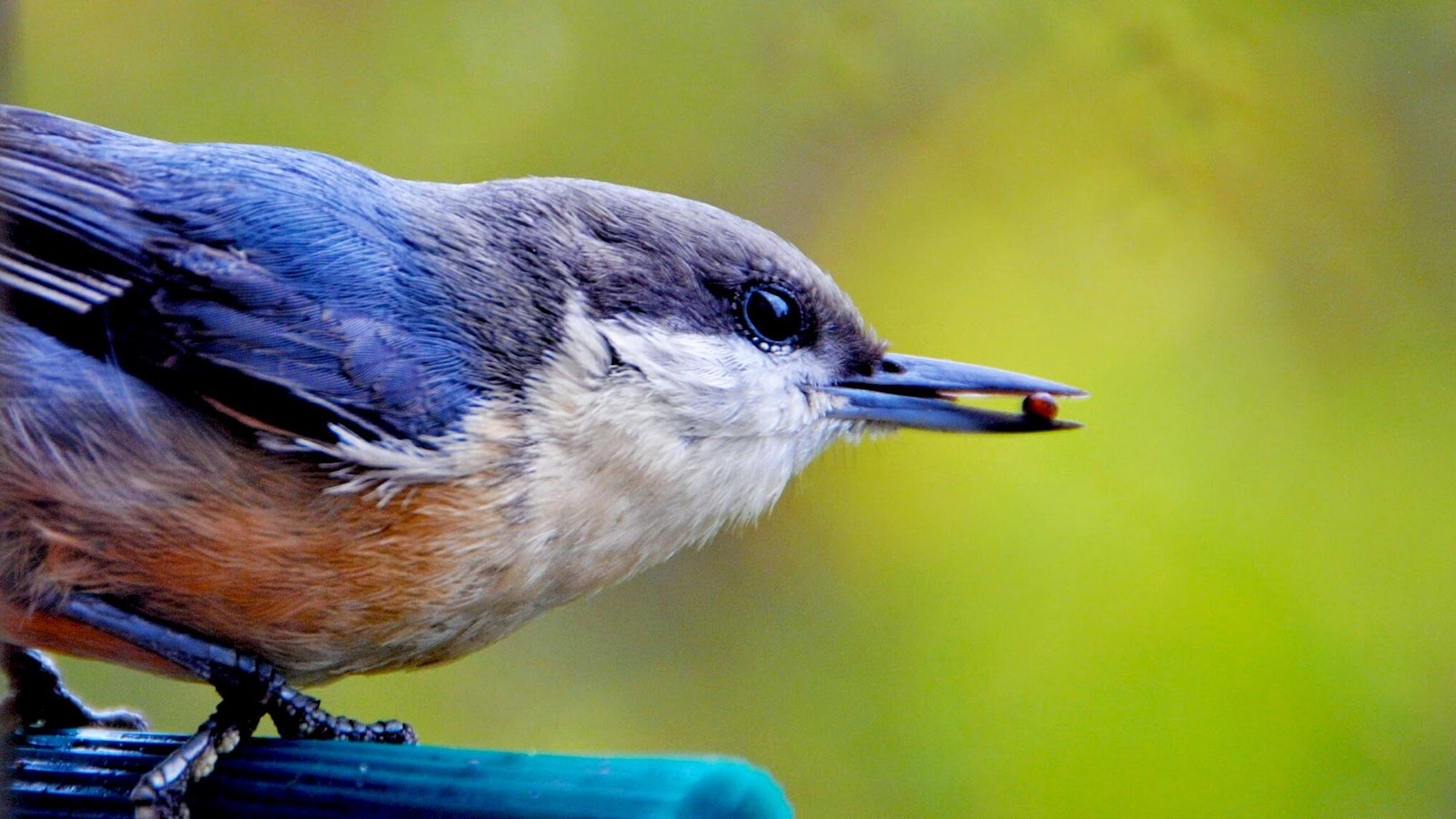
EPA report says pesticides endanger wildlife
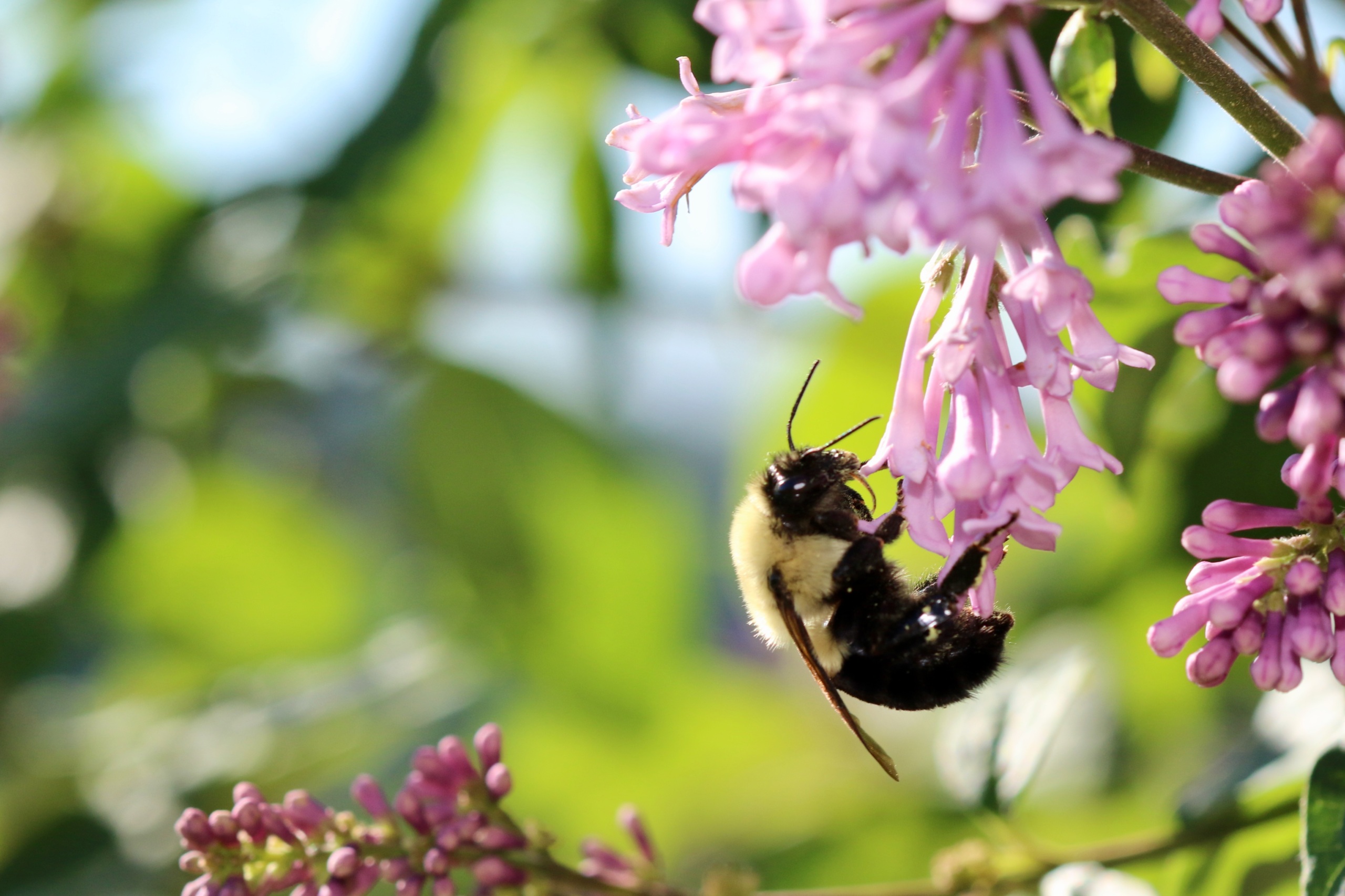
Why we should save the bees, especially the wild bees who need our help most
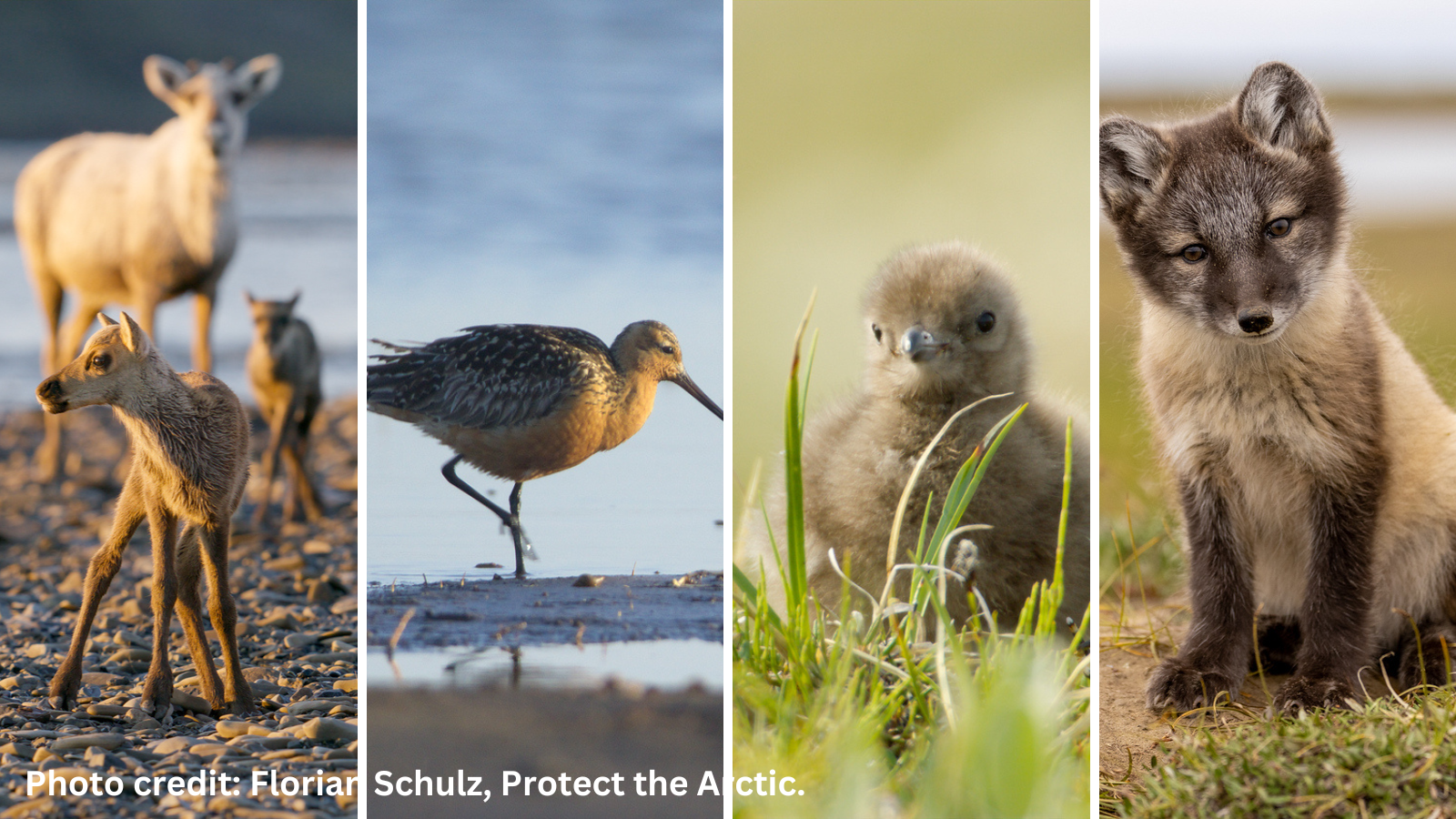
Why Alaska’s NPR-A, site of the Willow Project, deserves protection
